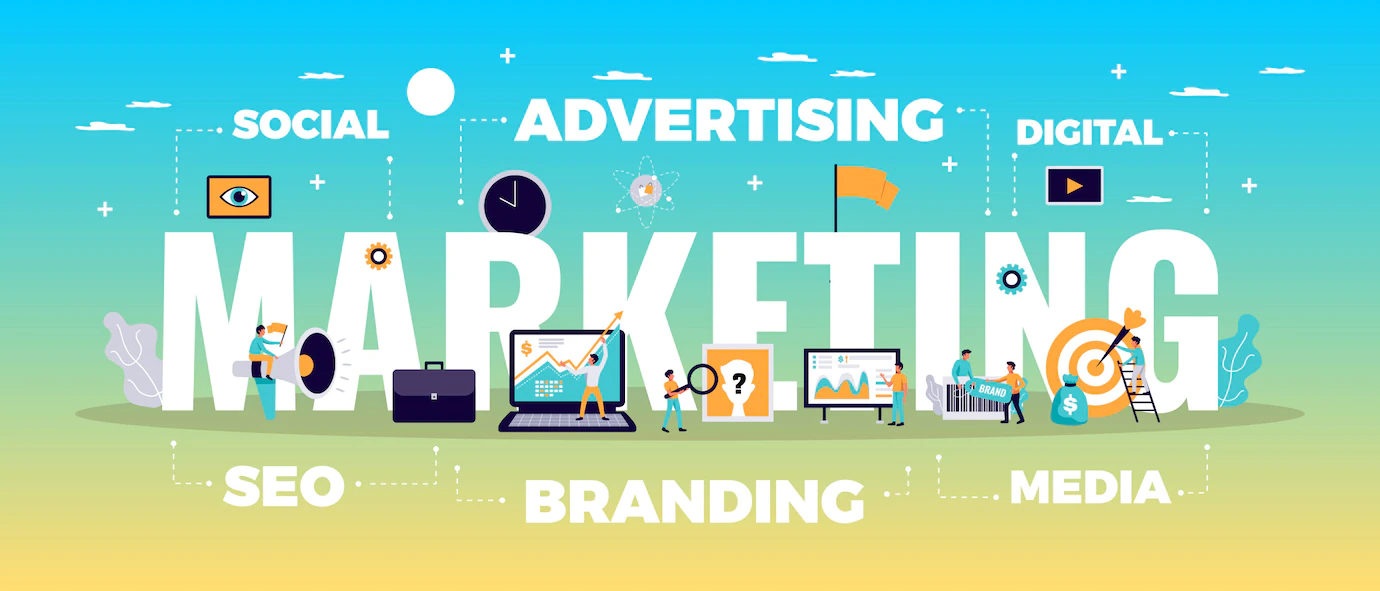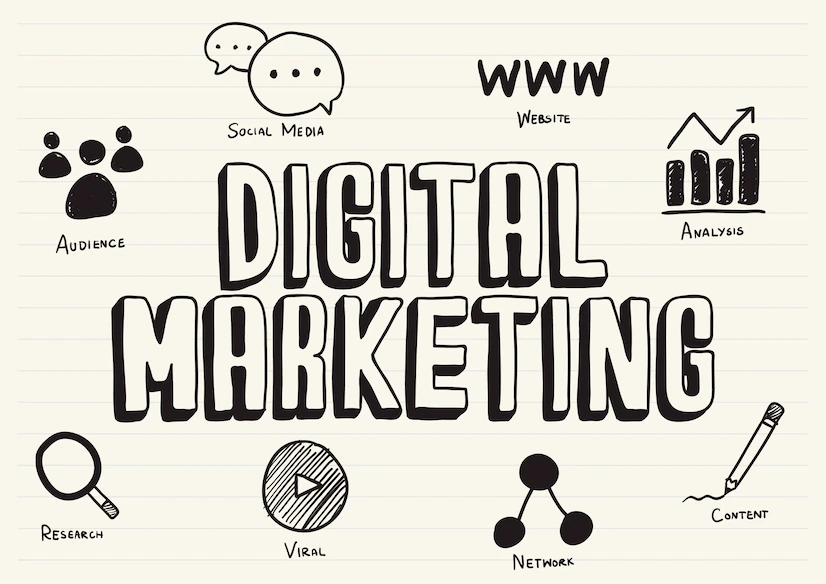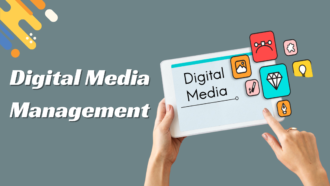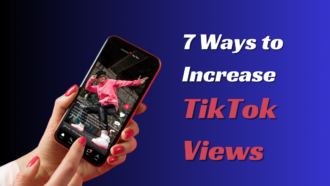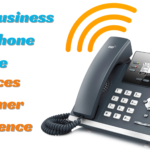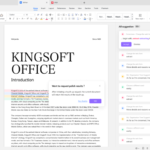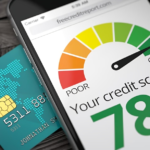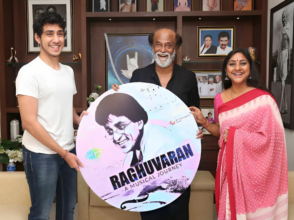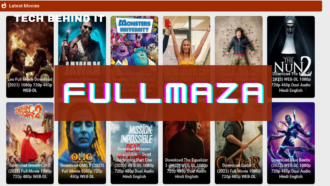What Are 7 Types Of Digital Marketing?
Digital marketing is the latest buzzword and is making significant strides. Companies concoct marketing strategies to promote businesses. They conduct heavy research to identify their target audience and target their sales at them.
When products are more relatable to an audience, it amplifies the probability of sales. As a result, the markets appeal to what their customers desire. The digital marketing services market uses different techniques to reach audiences online. It has changed how companies approach their customers and shaped their identities.
The digital marketing services market is a world of its own and distinguishes itself from the older techniques of advertising brands. Its tactics align with the need to connect with target audiences through digital means. In addition, it is more streamlined than the older techniques employed.
What Are 7 Types Of Digital Marketing?
The different types of digital marketing are:
Search engine optimization
SEO attempts to stand out in Google searches and rank higher, amplifying the online traffic required for a website to stand out. SEO marketing teams use standard terms and phrases when associating with a product, allowing the brand to market itself seamlessly.
SEO can occur in numerous formats, such as keywords linked to articles, the website’s content, and pictures. The biggest challenge with SEO marketing is Google’s changing algorithms.
Pay-per-click (PPC)
Pay-paper-click entails the advertisements that are promoted by search engines. They will stop displaying once the marketer stops paying for them. The most commonly sighted places for PPC ads are before YouTube videos, at the bottom and top corner of the search engine, and in other areas.
You may have stumbled across advertisements from numerous brands while surfing the internet. PPC ads are highly engaging and lucrative for companies.
Social media
Social media is a breeding ground for all age groups. Many businesses are conducted on these platforms. Social media marketing is more straight-up ads. There are other means, like being consistent and coordinated, to engage more users. Several applications examine your profile and allow you to see the best times and their number.
Content marketing
Content marketing employs a different approach. It tries to create brand awareness among customers and uses storytelling. For example, it tries to intrigue consumers by asking them to sign up for email updates, make purchases, or request more information.
It differs from a quintessential marketing technique in that it aims to connect with the audience rather than blatantly promote the brand. It works in tandem with other digital marketing tools, like SEO search words.
Email marketing
The rise of social media platforms and applications has changed the face of marketing, but emails still appeal to most people. If you are a revered buyer, you will receive emails about upcoming discounts and new collections. Marketers are highly adept at reaching their optimal audiences by creating enticing campaigns.
Mobile Marketing
This type of marketing focuses on reaching customers through text messages, social media platforms, email, and websites. Since people are perpetually glued to their phones, it is easier to engage them. Take text messaging, for example. With an open rate of 98%, sending SMS online helps you reach customers on the device they use the most: their mobile phone. Marketers can use this addiction because most purchases are made through phones. The days when people scouted websites on their laptops are gone. Most customers prefer applications for the sake of agility.
Marketing Analytics
Marketing analytics allow marketers to track the user straightforwardly. For example, they can examine the number of times a link was visited when it was opened, the number of hours they spend on the phone, how often they check emails, etc.
The digital marketing industry is significant and offers immense benefits. So, if you want to grow your business effectively, invest in prominent digital marketing services today.

